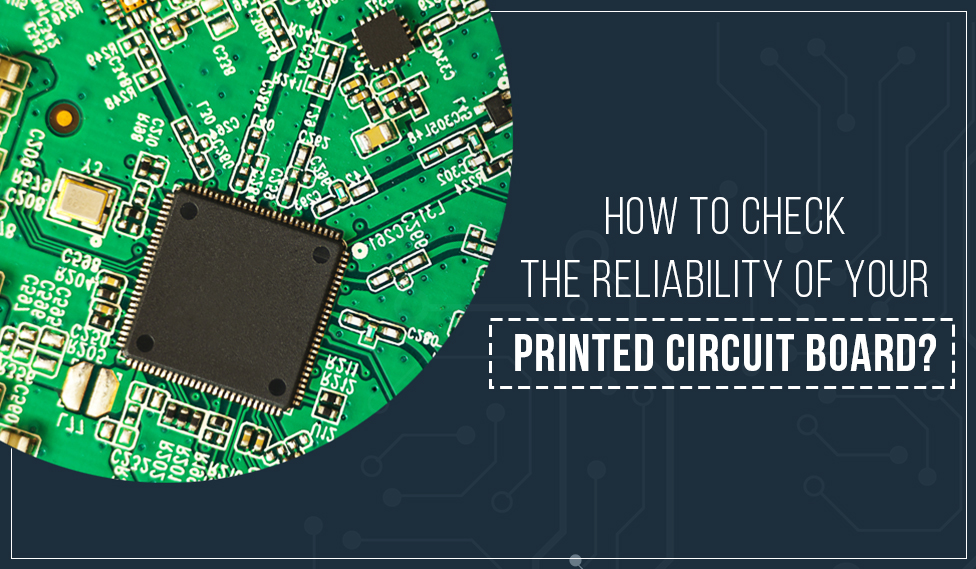
One of the biggest challenges engineers and circuit developers face is how their products will withstand all the stress or pressure once they are in the field. So this causes unnecessary stress and anxiety among the developers and engineers, which can be overcome by testing the Printed Circuit Board (PCB) at the time of development. Thus, before embedded software development, many developers choose stress test analysis for PCBs to check whether they can withstand electrical, mechanical, and thermal strains when they go on the field. Hence, administrating and getting the appropriate results by incorporating this process is called PCB stress test analysis. Therefore, in this post, we will see why a stress test is essential and what the standards are to be checked while ensuring the circuit’s reliability.
PCB Stress Test Analysis – Why Is It Important?
Performing a PCB stress test analysis is essential as the circuit’s reliability and the testing goes hand-in-hand. So, you can say that testing helps check circuit boards’ reliability. This test ensures the circuit will never face electrical, thermal, or mechanical failure in its intended lifetime. As an electrical device manufacturer, you might know manufacturing a reliable device is an asset for a business which also increases the product experience for the customers.
A developer should design a circuit by keeping the DFR or design for reliability in mind, as the failure of the circuit can consecutively lead to loss of money, life and time. Hence the DFR helps to identify the failure spots before the circuit is manufactured. Thus, conducting a stress test analysis and abiding by the DFR protocols leads to cost reduction in circuit production and highlights the failure beforehand.
Standards Involved To Check The PCBs Reliability:
The standards issued by IPC are the standards abided by PCBs reliability, from manufacturing and production to assembly. The IPC standard is developed to ensure that the electronics we depend on are safe and reliable. Generally, IPC classifies electrical devices into three. They are,
Class 1:
These are consumer products where the components involved in it have a very short life but should not cause any potential risks.
Class 2:
These electrical devices are designed as service products, such as microwave ovens, televisions, laptops, and many more. These are expected to run quite for a long time with greater performance.
Class 3:
These electrical devices are targeted for a higher standard working environment such as military, aerospace, medical applications, and many more. Failure in such devices can be a serious issue, and interrupted services are highly expected.
Thus, it is essential that your products must adhere to the qualification and performance of the boards to provide outstanding tolerance on the field.
Apart from the discussed tests, there are other tests that you should consider. They are:
- Flying probe and fixtureless in-circuit (FICT) testing
- Design for manufacturing (DfM) testing
- Design for supply chain (DfSC) testing
- Design for assembly (DfA) testing
Ensuring the necessary tests are done during design phase will reduce the failure risk considerably. Hence, many electronic device providers outsource PCB design services to Sunstream for reliable designs that are optimized considering its intended performance environment and period.



 +1.585.935.7123
+1.585.935.7123 +91-804-148-6861
+91-804-148-6861